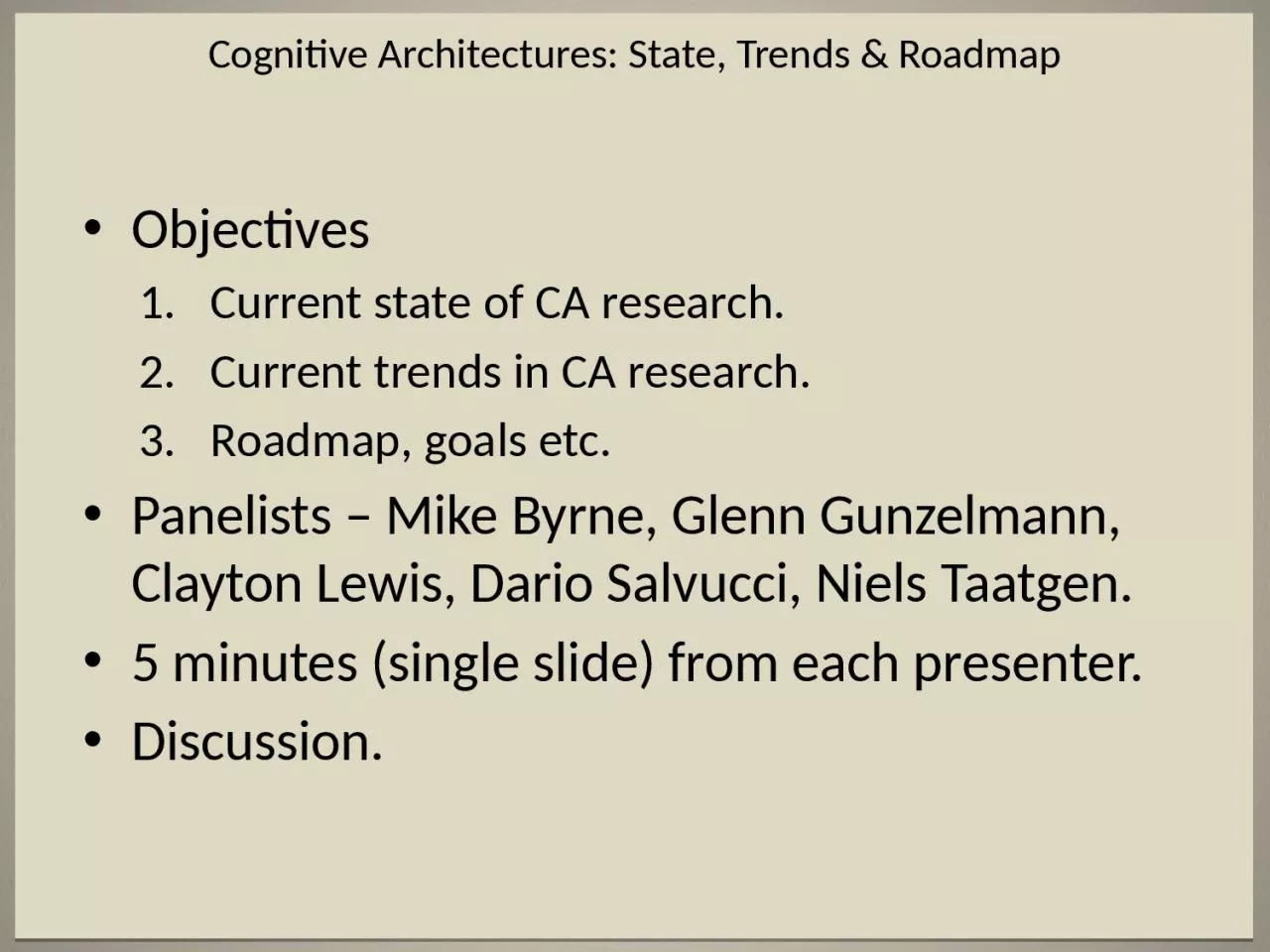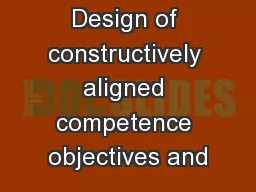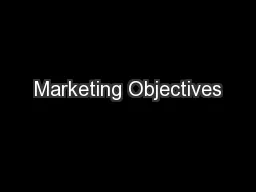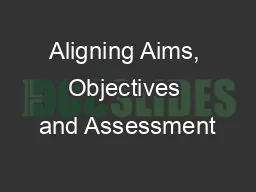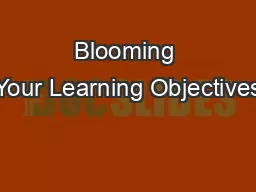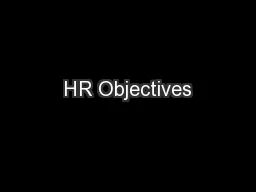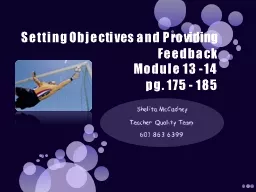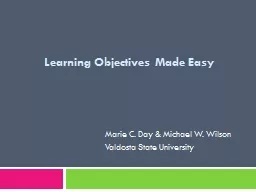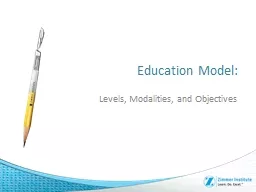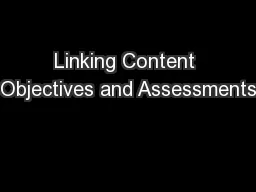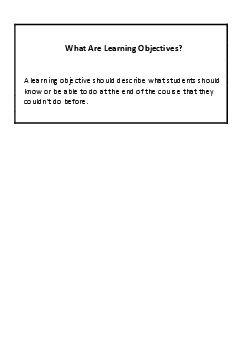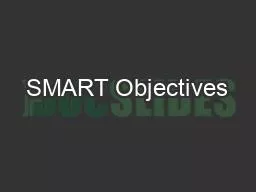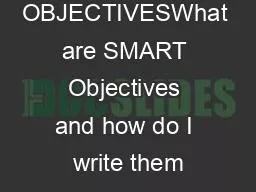PPT-Objectives Current state of CA research.
Author : layla | Published Date : 2024-02-02
Current trends in CA research Roadmap goals etc Panelists Mike Byrne Glenn Gunzelmann Clayton Lewis Dario Salvucci Niels Taatgen 5 minutes single slide from
Presentation Embed Code
Download Presentation
Download Presentation The PPT/PDF document "Objectives Current state of CA research." is the property of its rightful owner. Permission is granted to download and print the materials on this website for personal, non-commercial use only, and to display it on your personal computer provided you do not modify the materials and that you retain all copyright notices contained in the materials. By downloading content from our website, you accept the terms of this agreement.
Objectives Current state of CA research.: Transcript
Download Rules Of Document
"Objectives Current state of CA research."The content belongs to its owner. You may download and print it for personal use, without modification, and keep all copyright notices. By downloading, you agree to these terms.
Related Documents

